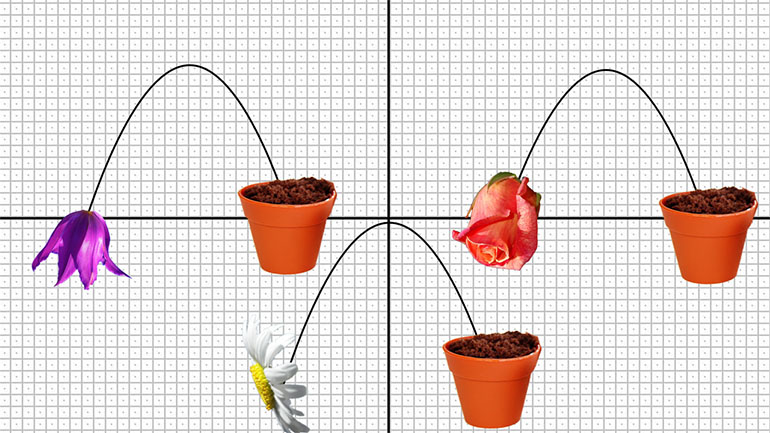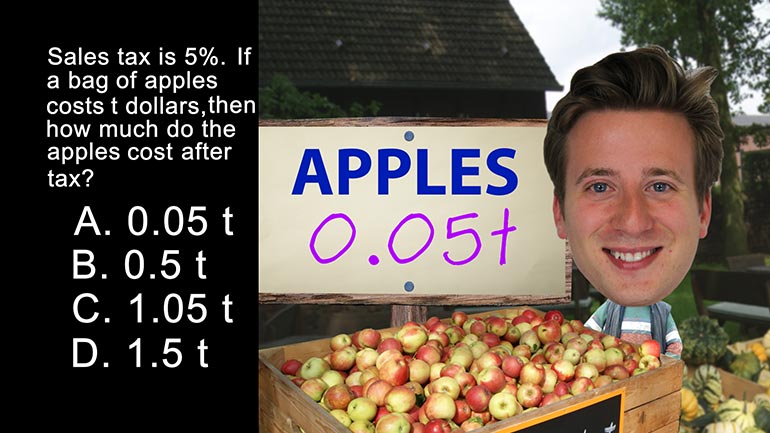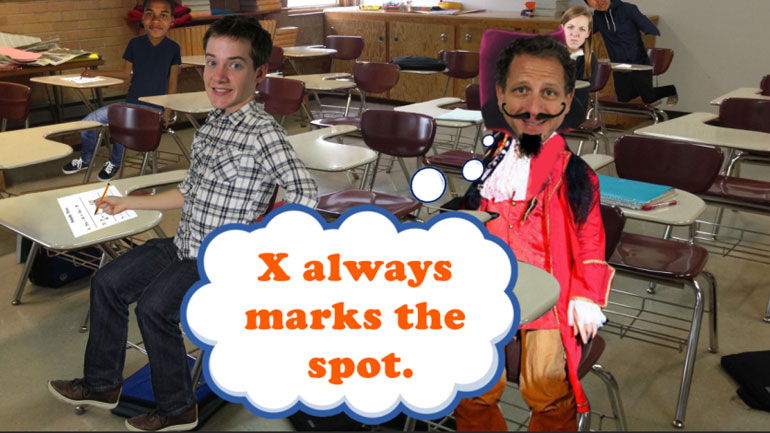ShmoopTube
Where Monty Python meets your 10th grade teacher.
Search Thousands of Shmoop Videos
GED Math 4.3 Graphs and Functions 191 Views
Share It!
Description:
GED Math 4.3 Graphs and Functions. Select the x- and y- intercepts of the line.
Transcript
- 00:00
Thank you We sneak in and here's your smoke too
- 00:05
Sure brought to you by missing lines It can make
- 00:10
for quite an awkward night of theater all rights like
- 00:13
the x and y intercepts of the line Why equals
- 00:16
two x minus four on the graph below This thing
Full Transcript
- 00:19
right Okay so this question gives us the equation for
- 00:25
a line And we just need a pin down the
- 00:27
x and white intercepts or where our line crosses the
- 00:31
axes Easy peasy Where plenty of pins All right well
- 00:38
let's Start by plugging in zero for why and see
- 00:40
what x coordinate that gives us Well why equals two
- 00:45
x minus four would become zero equals two x minus
- 00:48
four We can add four to both sides to get
- 00:50
four equals two x and then divide both sides by
- 00:53
two to get the x equals two Cool So when
- 00:57
x is to y zero dot goes right here All
- 01:02
right now we'll do the same thing but plug in
- 01:04
zero for the ex Well why equals two x minus
- 01:07
four becomes y equals two times zero minus four Well
- 01:11
two times zero is zero so we get why equals
- 01:14
negative for our why intercept and has to be at
- 01:17
this point zero negative for right there and there we
- 01:23
go We're done yeah not sure immunity Use that many 00:01:27.353 --> [endTime] pins Save a few for crafting class
Up Next
GED Math: Graphs and Functions Drill 5, Problem 5. What is the value of a?
Related Videos
GED Math: Measurement Drill 1, Problem 1. The area, in square inches, of the shaded region where the two rectangles overlap is...what?
GED Math 1.1 Graphs and Functions. Which is the appropriate region of the coordinate plane?
GED Math: Expression and Equations Drill 1, Problem 1. How much do the apples cost after tax?
How do you solve a system of linear inequalities? Aw, man...and we thought solving a problem like Maria was tough...




